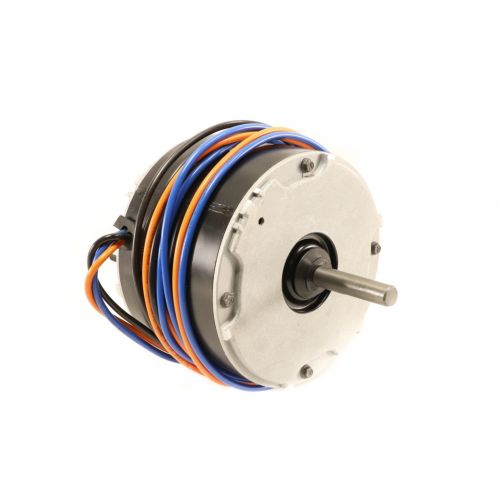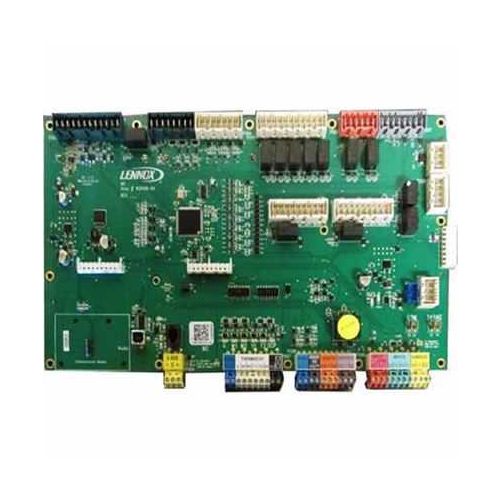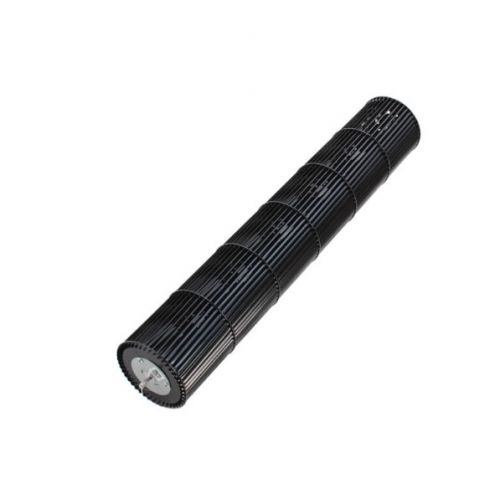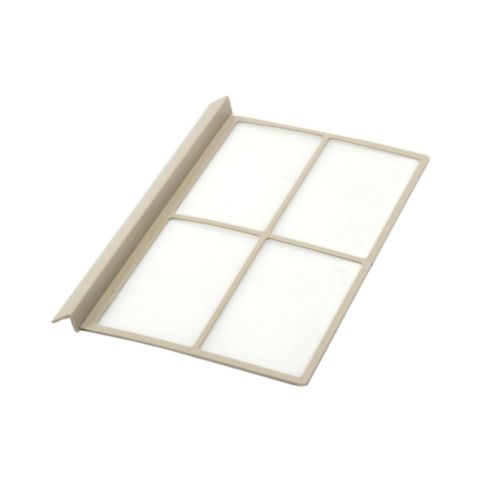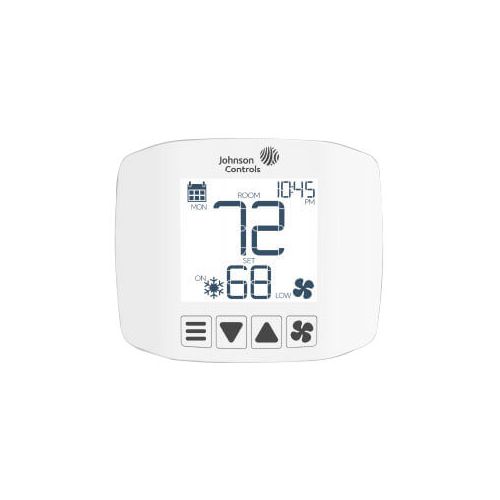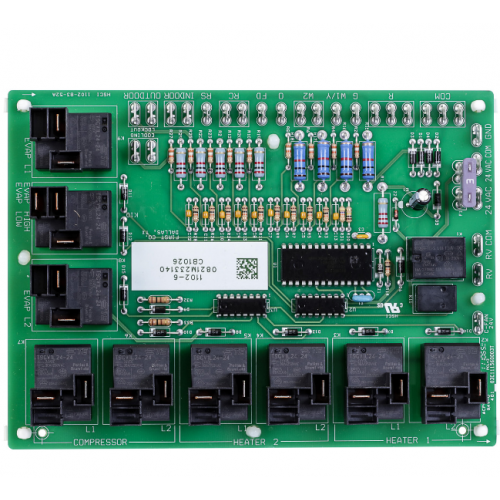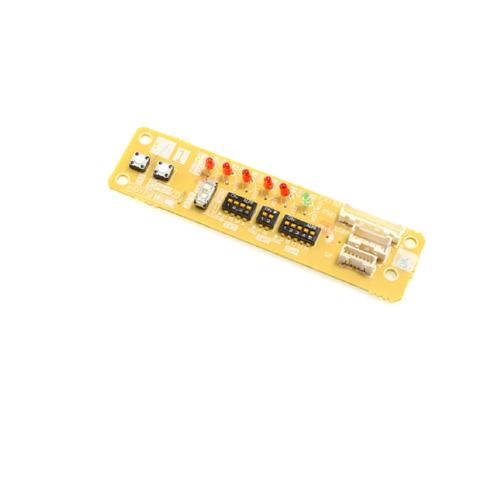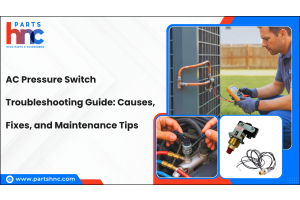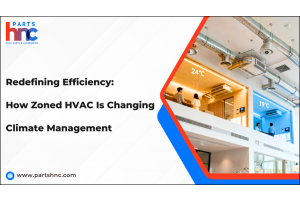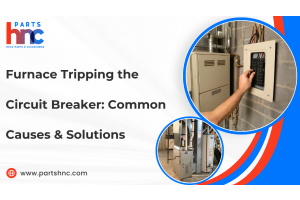Carrier Air Conditioner Troubleshooting: The Ultimate Guide
Carrier air conditioners have long been known for their reliability and efficiency. However, like all appliances, they are not immune to issues that may arise over time. Whether you're facing a cooling problem, an airflow issue, or encountering error codes, this Carrier air conditioner troubleshooting guide will help you understand and address the most common problems with your system. In this comprehensive article, we'll cover everything from identifying issues with your Carrier air conditioner parts to diagnosing electrical problems and dealing with error codes.
Understanding Your Carrier Air Conditioner’s Components
Before diving into troubleshooting, it's crucial to understand the basic components of your Carrier air conditioner. Knowing the function of each part will make it easier to pinpoint the root cause of any issue. Here are the key parts to be familiar with:
-
Carrier Air Conditioner Compressor: This is the heart of the cooling system. It pumps refrigerant through the air conditioner to cool the air. A malfunctioning compressor can result in the system failing to cool.
-
Evaporator Coil: This coil absorbs heat from the air and sends it to the compressor.
-
Condenser Coil: This coil releases the heat outside the unit and plays a vital role in the cooling cycle.
-
Air Filter: A clogged air filter can restrict airflow, leading to inefficient cooling and increased energy consumption.
-
Thermostat: This controls the temperature settings of your air conditioner.
-
Expansion Valve: It regulates the flow of refrigerant into the evaporator coil.
-
Drain Pan and Line: These parts carry moisture from the air, which condenses into water during the cooling process.
Having a clear understanding of these parts will aid in Carrier HVAC troubleshooting and help identify specific areas where problems may arise.
Common Issues with Carrier Air Conditioners
Carrier air conditioners are designed to provide years of service, but like any mechanical device, they can experience issues. Here are some of the most common Carrier air conditioner problems you might encounter:
-
Carrier Air Conditioner Not Cooling: This is one of the most common issues. The unit may blow air, but it fails to cool the space.
-
No Power or Won't Start: If your air conditioner isn’t turning on, it could be due to a power issue or faulty electrical components.
-
Frozen Coils: If the evaporator coils freeze, the air conditioner will stop cooling. This could be due to poor airflow or low refrigerant levels.
-
Unusual Noises: Strange sounds, such as rattling, squealing, or buzzing, can indicate issues with the Carrier ac fan motor or compressor.
-
Water Leaks: A leak in the drain pan or line can cause water to pool around the air conditioner, creating potential water damage issues.
-
Airflow Blockages: Clogged filters or blocked air ducts can impede airflow, reducing efficiency and performance.
Understanding these common issues is the first step in Carrier air conditioner troubleshooting.
How to Identify Cooling Problems in Your Carrier Air Conditioner
If your Carrier air conditioner isn’t cooling your home as efficiently as it should, there are a few troubleshooting steps you can follow to identify the problem:
-
Check the Thermostat: Ensure that the thermostat is set to "cool" and is set to a temperature lower than the current room temperature. If it's not, adjust the settings accordingly.
-
Inspect the Air Filter: A dirty or clogged air filter can restrict airflow and cause the unit to lose efficiency. Check the filter and replace it if necessary.
-
Examine the Evaporator and Condenser Coils: If the condenser coils are dirty or frozen, this can prevent the system from cooling properly. Clean the coils if they appear dirty, and ensure that the refrigerant levels are adequate.
-
Inspect the Refrigerant: Low refrigerant levels can cause the system to fail to cool. If you suspect a refrigerant leak, it's important to call a professional, as refrigerant handling requires specialized training.
By following these steps, you can start diagnosing why your Carrier air conditioner is not cooling as it should. If the problem persists, you may need to look deeper into the internal components.
Diagnosing Electrical Issues in Your Carrier Air Conditioner
Electrical issues are another common problem with air conditioners. If your Carrier air conditioner is not starting, or if it shuts down unexpectedly, electrical problems could be the cause. Here are a few things to check:
-
Circuit Breaker: Ensure that the circuit breaker for your air conditioner is not tripped. If it is, reset it and check if the unit turns on.
-
Power Supply: Verify that the air conditioner is plugged in and that there are no loose connections.
-
Blown Fuses: Inspect the unit for any blown fuses. If you find any, replace them.
-
Faulty Capacitor: The capacitor helps the compressor and fan motor start. If it's malfunctioning, the unit may not start. This is a common issue in older systems.
-
Wiring Issues: Over time, wiring can degrade, or connections can come loose, causing electrical malfunctions. If you suspect wiring problems, it’s best to contact a licensed technician for repairs.
Electrical issues can be dangerous, so it’s important to exercise caution when diagnosing them. If you're unsure, it's always safer to call a professional.
Fixing Airflow Blockages in Your Carrier Air Conditioner
Airflow blockages are one of the most common causes of inefficiency in a Carrier air conditioner. Restricted airflow leads to reduced cooling capacity, increased energy consumption, and even the possibility of the unit freezing up. Here's how to troubleshoot airflow problems:
-
Check the Air Filter: A clogged air filter is the most common cause of airflow restriction. If the filter is dirty, clean or replace it.
-
Inspect the Vents and Ductwork: Blocked or closed vents can impede airflow. Ensure that all vents are open and clear of obstructions like furniture, rugs, or curtains.
-
Clean the Coils: Dust and debris can build up on the evaporator and condenser coils, reducing airflow. Clean the coils regularly to maintain efficiency.
-
Examine the Fan: A malfunctioning fan can lead to poor airflow. Check if the fan is spinning freely and not obstructed by dirt or debris.
Addressing airflow blockages is essential for ensuring that your Carrier air conditioner performs at its best.
Troubleshooting Carrier Air Conditioner Error Codes
Carrier air conditioners come with a built-in diagnostic system that displays error codes when there is an issue. These error codes can provide valuable insight into the problem. Here’s a quick guide to common Carrier AC error codes:
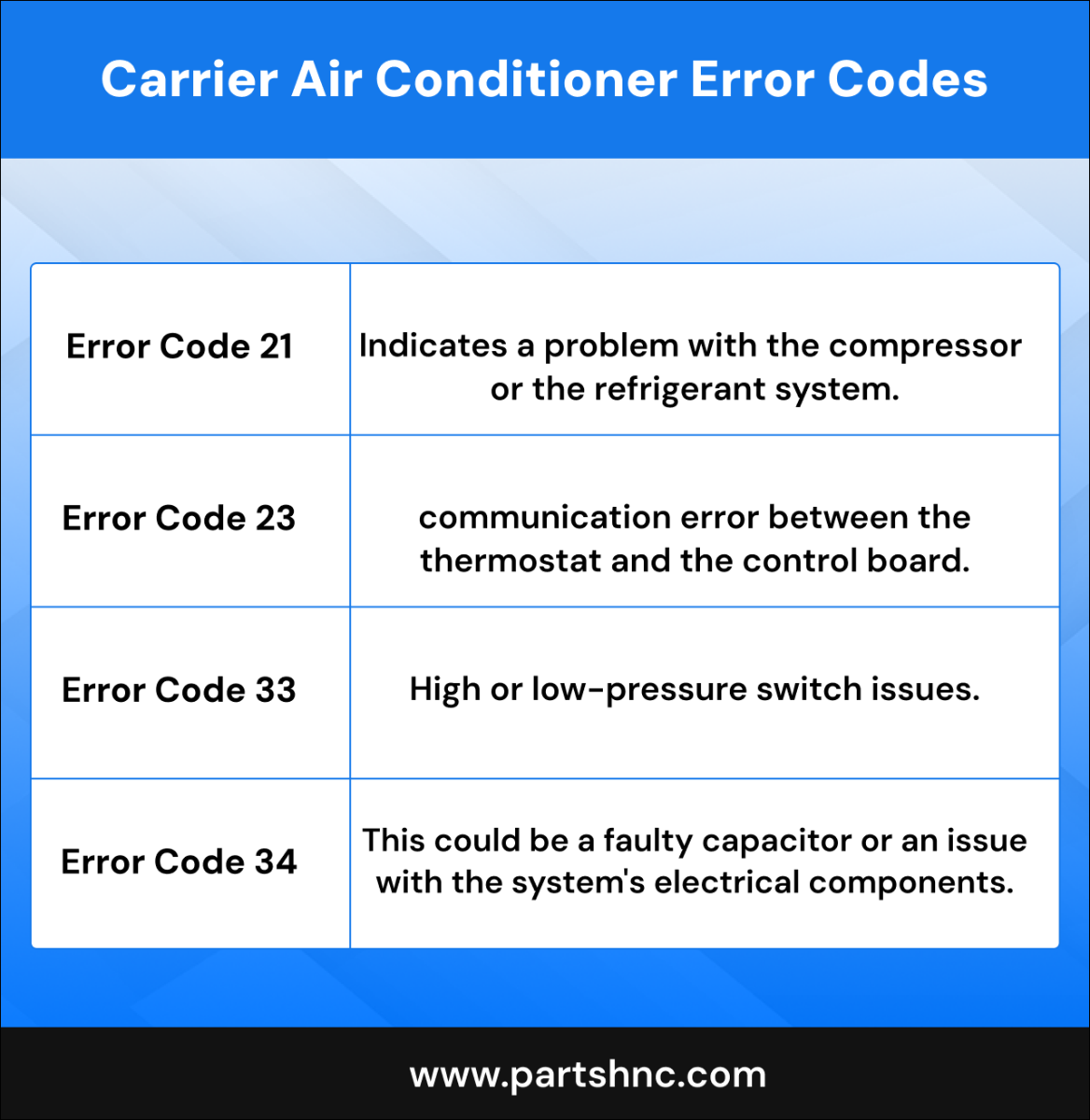
For a full list of error codes, refer to your Carrier air conditioner manual, or check the Carrier air conditioner error code list available online. Keep in mind that while some codes can be resolved with simple troubleshooting, others may require a technician's expertise.
When to Call a Professional for Carrier Air Conditioner Repairs
While many Carrier air conditioner troubleshooting tasks can be done by homeowners, certain issues require professional attention. Here’s when it’s time to call a pro:
-
Compressor Issues: If the compressor is malfunctioning, it’s a complex issue that requires a trained technician.
-
Refrigerant Leaks: Refrigerant handling is regulated, and only a certified professional can safely refill the refrigerant and locate leaks.
-
Electrical Failures: If you suspect an electrical issue and aren’t comfortable working with live wires, it’s best to contact a professional.
-
Persistent Error Codes: If the error codes continue to appear despite troubleshooting, a technician can diagnose and repair the problem.
Always trust a licensed professional for repairs that involve electrical components, refrigerant, or complex mechanical systems.
Preventive Maintenance Tips for Your Carrier Air Conditioner
The best way to prevent issues and prolong the life of your Carrier air conditioner is through regular maintenance. Here are some essential Carrier air conditioner maintenance tips:
-
Change the Air Filter Regularly: A clean filter improves airflow and efficiency. Check it every month and replace it every 3-6 months.
-
Clean the Coils: Dirt and debris can accumulate on the evaporator and condenser coils. Clean the coils every year to maintain optimal performance.
-
Check for Refrigerant Leaks: Have a technician inspect refrigerant levels and check for leaks during annual maintenance.
-
Keep Vents Clear: Ensure that vents and return air grilles are unobstructed to promote airflow.
-
Schedule Annual Inspections: An annual tune-up by a professional can catch minor issues before they become major problems.
By following these maintenance tips, you can avoid many of the most common Carrier air conditioner problems and keep your unit running smoothly.
In conclusion, understanding your Carrier air conditioner parts and recognizing the signs of malfunction are the first steps in successful Carrier air conditioner troubleshooting. Whether you're dealing with cooling issues, airflow blockages, or electrical problems, this guide provides you with the tools you need to diagnose and fix many common issues. Regular maintenance and timely repairs will ensure that your Carrier air conditioner continues to perform efficiently for years to come. If you encounter a problem that you can't fix on your own, don’t hesitate to call a professional.
FAQs
How do I reset my Carrier air conditioner?
To reset your Carrier air conditioner, turn off the unit at the thermostat, then turn off the circuit breaker for at least 30 seconds before flipping it back on. This will reset the unit and potentially resolve minor glitches.
Why is my Carrier AC working but not cooling?
If your Carrier air conditioner is working but not cooling, it may be due to a clogged air filter, low refrigerant levels, or dirty coils. Check these components and clean or replace them as needed.
Why is my Carrier AC not starting?
If your Carrier AC isn’t starting, check the thermostat settings, ensure the power supply is active, and inspect the circuit breaker for any tripped switches. It could also be an issue with the capacitor or wiring.



